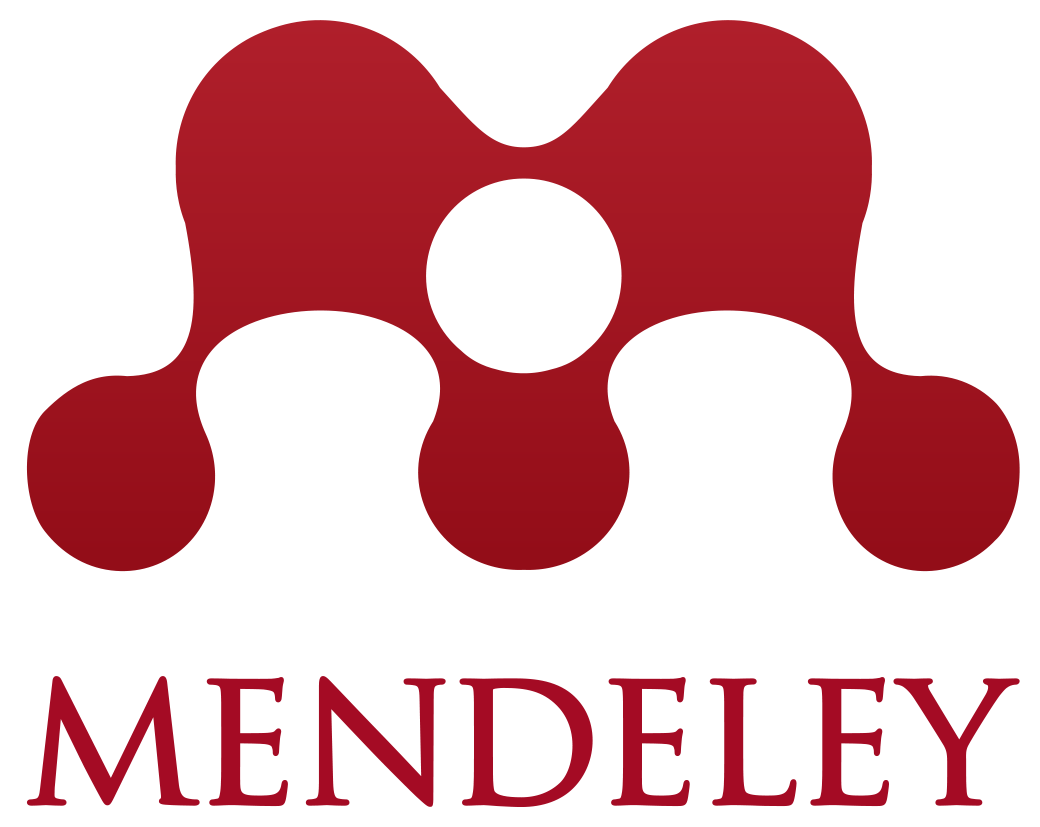HUBUNGAN FAKTOR RESIKO DAN KARAKTERISTIK PENDERITA DENGAN KEJADIAN PENYAKIT JANTUNG KORONER
Abstract
Abstract Coronary heart disease has become the leading cause of death in Indonesia.Over the past 50 years, more and more people affected by coronary heart disease, and some of the factors underlying cause has been unknown. This study aimed to analyze the relationship between risk factors (obesity, dyslipidemia, smoking, hypertension, diabetes mellitus, and physical activity / sport) and the characteristics of the patient (family history) with CHD events. This type of research is observational analytic design of Case-Control Study. Which is held in the ICCU Hospital Dr. Kanudjoso Balikpapan. Sample use cases and controls ratio of 1: 1, with the overall number is 62 samples. Univariate analysis using frequency distribution, bivariate analysis using Chi Square (X2), and multivariate logistic regression analysis. The analysis shows that the factors that do not have a significant relationship with the incidence of CHD is Obesity (pvalue = 0.440> value α = 0.05). While the factors that had a significant relationship with the incidence of CHD is Dyslipidemia (pvalue = 0.004 <value α = 0.05), smoke (pvalue = 0.005 <value α = 0.05), hypertension (pvalue = 0.021 <value α = 0, 05), Diabetes Mellitus (pvalue = 0.002 <value α = 0.05), and Physical Activity (pvalue = 0,040 <value α = 0.05). And there is a significant relationship between family history of CHD events ((pvalue = 0.012 <value α = 0.05). It is advisable for the need to increase health promotion by health workers to avoid the risk factors of CHD.Keywords: Risk Factors, Characteristics, CHD Abstrak.
Penyakit jantung koroner telah menjadi penyebab kematian utama di Indonesia. Selama 50 tahun terakhir, semakin banyak orang terkena penyakit jantung koroner, dan beberapa faktor penyebab utamanya telah diketahui. Penelitian ini bertujuan untuk menganalisis hubungan faktor resiko (Obesitas, dislipidemia, merokok, hipertensi, diabetes mellitus, dan aktifitas fisik/olahraga) dan karakteristik penderita (riwayat keluarga) dengan kejadian PJK. Jenis penelitian bersifat observasional analitik dengan rancangan Case-Control Study. Yang dilaksanakan di Ruang ICCU RSUD Dr. Kanudjoso Djatiwibowo Balikpapan. Sampel menggunakan perbandingan kasus dan kontrol 1 : 1, dengan jumlah secara keseluruhan adalah 62 sampel. Analisa univariat menggunakan distribusi frekuensi, analisa bivariate menggunakan uji Chi Square (X2), dan analisa multivariat uji regresi logistik. Hasil analisa menunjukkan bahwa faktor yang tidak mempunyai hubungan yang signifikan dengan kejadian PJK adalah Obesitas (Pvalue = 0,440 > nilai α = 0,05). Sedangkan faktor yang mempunyai hubungan yang signifikan dengan kejadian PJK adalah Dislipidemia (Pvalue = 0,004 < nilai α = 0,05), Merokok (Pvalue = 0,005 < nilai α = 0,05), Hipertensi (Pvalue = 0,021 < nilai α = 0,05), Diabetes Mellitus (Pvalue = 0,002 < nilai α = 0,05), dan Aktifitas Fisik (Pvalue = 0,040 < nilai α = 0,05). Dan terdapat hubungan yang signifikan antara riwayat keluarga dengan kejadian PJK ((Pvalue = 0,012 < nilai α = 0,05). Disarankan untuk perlunya peningkatan promosi kesehatan oleh petugas kesehatan untuk menghindari faktor resiko terjadinya PJK.
Kata Kunci : Faktor Resiko, Karakteristik, PJK
Downloads
Please find the rights and licenses in Mahakam Nursing Journal. By submitting the article/manuscript of the article, the author(s) agree with this policy. No specific document sign-off is required.
- License
The non-commercial use of the article will be governed by the Creative Commons Attribution license as currently displayed on Creative Commons Attribution-NonCommercial-ShareAlike 4.0 International License.
- Author(s)' Warranties
The author warrants that the article is original, written by stated author(s), has not been published before, contains no unlawful statements, does not infringe the rights of others, is subject to copyright that is vested exclusively in the author and free of any third party rights, and that any necessary written permissions to quote from other sources have been obtained by the author(s).
- User Rights
Mahakam Nursing Journal's spirit is to disseminate articles published are as free as possible. Under the Creative Commons license, Mahakam Nursing Journal (MNJ) permits users to copy, distribute, display, and perform the work for non-commercial purposes only. Users will also need to attribute authors and Mahakam Nursing Journal (MNJ) on distributing works in the journal and other media of publications.
- Rights of Authors
Authors retain all their rights to the published works, such as (but not limited to) the following rights;
- Copyright and other proprietary rights relating to the article, such as patent rights,
- The right to use the substance of the article in own future works, including lectures and books,
- The right to reproduce the article for own purposes,
- The right to self-archive the article,
- The right to enter into separate, additional contractual arrangements for the non-exclusive distribution of the article's published version (e.g., post it to an institutional repository or publish it in a book), with an acknowledgment of its initial publication in this journal (Mahakam Nursing Journal (MNJ)).
- Co-Authorship
If the article was jointly prepared by more than one author, any authors submitting the manuscript warrants that he/she has been authorized by all co-authors to be agreed on this copyright and license notice (agreement) on their behalf, and agrees to inform his/her co-authors of the terms of this policy. Mahakam Nursing Journal (MNJ) will not be held liable for anything that may arise due to the author(s) internal dispute. Mahakam Nursing Journal (MNJ) will only communicate with the corresponding author.
- Royalties
Being an open accessed journal and disseminating articles for free under the Creative Commons license term mentioned, author(s) aware that Mahakam Nursing Journal (MNJ) entitles the author(s) to no royalties or other fees.
- Miscellaneous
Mahakam Nursing Journal (MNJ) will publish the article (or have it published) in the journal if the article’s editorial process is successfully completed. Our Editors may modify the article to a style of punctuation, spelling, capitalization, referencing and usage that deems appropriate. The author acknowledges that the article may be published so that it will be publicly accessible and such access will be free of charge for the readers as mentioned in point 3.












